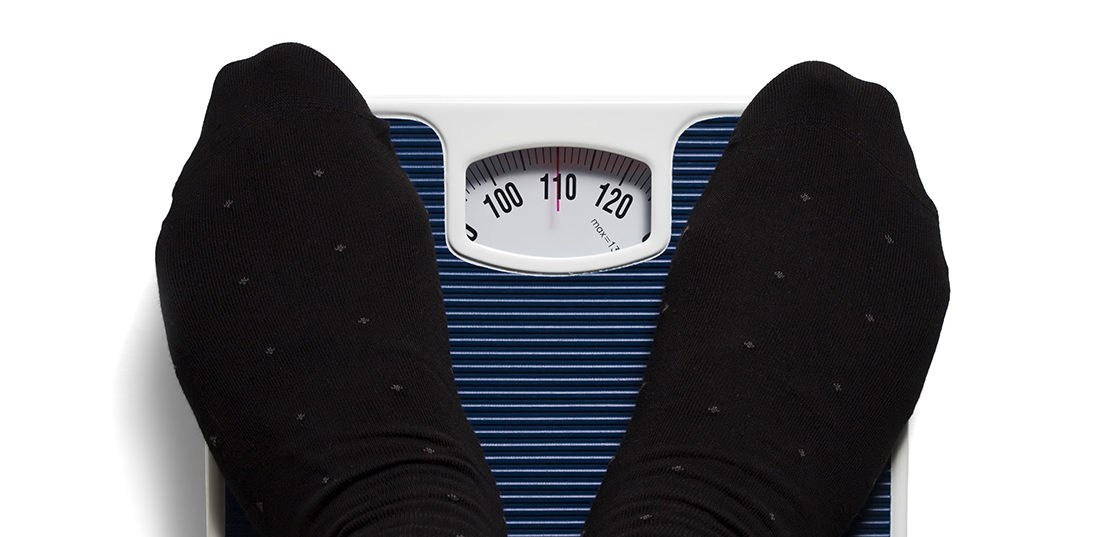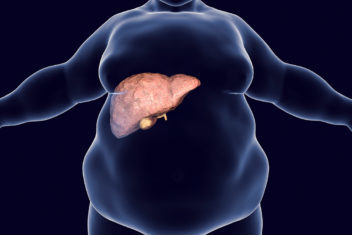Non-exercisers often have fatty liver disease
A new study shows that every third Norwegian has a fatty liver. You can get it even if you don’t drink alcohol. If you are out of shape, the probability is much higher.
“Training with high enough intensity to improve fitness can be important both for preventing and treating fatty liver disease,” says Ilaria Croci, a postdoctoral fellow in NTNU’s Cardiac Exercise Research Group and at the University of Queensland in Australia.
- You might also like: Staying fit can halve your risk of heart attack
Little known, but common
You may not have heard of non-alcoholic fatty liver disease. But you may still know someone who has it. They may not even know it, because usually the disease doesn’t produce any symptoms. Symptoms or not – fatty liver is not a health condition you want to have, since it contributes to the development of lifestyle diseases such as type 2 diabetes and cardiovascular disease.
Croci’s study is based on HUNT3 – the third wave of the Nord-Trøndelag Health Study. Approximately 16 000 of the study participants had a blood test done and had their body composition measured so that the researchers could calculate whether or not they had fatty livers.
Fully 36 per cent – more than a third – had non-alcoholic fatty liver disease.
Low fitness, higher risk
As the name implies, the disease involves too much fat in the liver. Alcohol abuse can lead to a fatty liver, but non-alcoholic fatty liver is due to other causes. People who are very overweight and have poor blood sugar control are at increased risk, along with those who lead sedentary lifestyles.
“Even people who are sedentary only briefly during the day have a markedly increased incidence of fatty liver if they are in poor shape.”
The only recommended medicine is to eat a healthy diet and lose weight, but the results of Croci’s new study indicate that good physical fitness can also reduce the consequences of the disease.
“First of all, people who aren’t fit are several times as likely to have fatty livers. Second, those who already have fatty livers live less long if they’re in bad shape,” she says.

The 20 per cent of participants who had fatty livers and the poorest fitness levels had more than a 50 per cent higher risk of premature death than those who were in better shape, the study shows. Illustration photo: NTB Scanpix / Shutterstock
Fitness more important than inactivity
Other studies have shown that people who are sedentary for much of the day are more likely to have fatty livers. The new NTNU study confirms this connection, but at the same time shows that a person’s fitness level is far more important.
“Even people who are sedentary only briefly during the day have a markedly increased incidence of fatty liver if they are in poor shape,” Croci says.
“It may seem contradictory that being fit means more than exercising according to the official physical activity guidelines.”
She points out that the 20 per cent of participants with the poorest fitness levels had a 17-18 times greater likelihood of fatty liver than the 40 per cent who were in the best shape. The results were the same for participants who reported sitting less than four hours a day and those who sat more than seven hours each day.
In the study, the researchers calculated the fitness level of the participants using the CERG Fitness Calculator, but almost 600 of them also had their fitness precisely measured with a gruelling training test on the treadmill. The results of the direct training test confirmed the strong relationship between poor fitness and fatty liver.

Many of us sit for a good part of each day. If we’re in poor shape as well, our chances of having a fatty liver are higher. Illustration photo: NTB Scanpix / Shutterstock
Training with meaning
The study also indicates that it makes a difference what kind of physical activity a person does if the goal is to avoid fatty liver. The link between fitness and fatty liver was unrelated to whether people followed the official physical activity recommendations or not. For example, these recommendations can be met by doing 150 minutes of moderate intensity exercise each week.
“It may seem contradictory that being in good shape means more than exercising according to the recommendations. However, many people do not see their fitness improve if they only exercise with moderate intensity. High intensity training improves your fitness much more, and that’s why I urge people to exercise regularly with high enough intensity to get you sweaty and out of breath,” says Croci.
Live as long as possible with fatty liver
HUNT3 was carried out between 2006 and 2008. Nine years later, 353 of the 5600 people with fatty livers had died.
The fifth of participants with the poorest fitness levels had more than a 50 per cent higher risk of premature death than those who were in better shape.
“This is the first study to show that good conditioning supports better survival for people with non-alcoholic fatty liver disease, and that this benefit is independent of a person’s physical activity level and the number of hours they’re sedentary,” says Croci.
NB! All the analyses in the study have taken into account that participants with poor fitness levels also differ in many other areas from those who are more fit. This means that differences in age, gender, smoking, body weight, blood pressure or lifestyle diseases such as diabetes and cardiovascular disease do not explain the relationship between poor fitness, fatty liver and increased risk of premature death.
Study:
Croci, I. et al. (2019): Non-alcoholic fatty liver disease: prevalence and all-cause mortality according to sedentary behaviour and cardiorespiratory fitness. The HUNT Study. Progress in Cardiovascular Diseases. 62(2), 127-134







